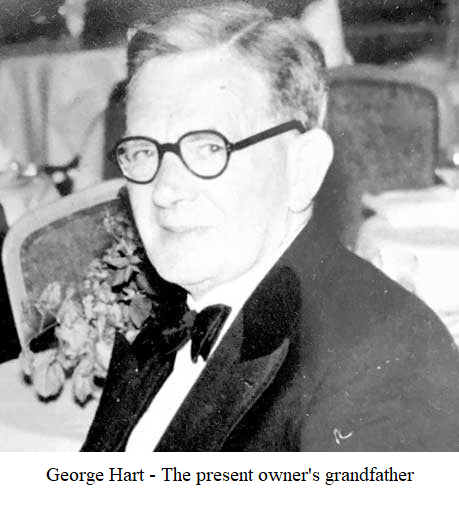Platinum has long been the most precious of metals. Hard wearing, with a lovely understated hue, this metal has been popular very much trhough the 20th century, Art Deco to todays most precious jewellery pieces. The Edwardians like to mount stones into a platinum head, weith a yellow gold shank, as the metal shows the stones off that much better, giving an illusion of slightly larger stones. Also, many rings have platinum clws, as stones are so much safer is this tough metal.
In the 1700s the alluvial heavy metal was found in Ecuador, and christened 'Platina' or 'little silver'. The metakl was rollable and forgeable and shaped by compressive blows into solid wearable jewellery. Early jewellers would coat and fuse the metal with yellow gold.
A natural piece of platinum is often an aggegate of six platinum group metals. For jewellery, platinum, iridium and palladium. For industry ruthernium, osmium and rhodium. The latter is often used as a hard wearing plating on yellow gold items of jewellery and rings. The are noble metals, and as such they are non-ferrous, highly stable chemically, and resistant to corrosion from acids, and oxididation.
In the early 1900s craftsman used the metal over yellow gold, garland styles and foliate patterns of jewellery. Platinum demand surged and new mines in Canada and South Africa fueled the Art Deco black and white architectural look, so collectable today. Brooches in particular were popular , and the openwork filagree look was very popular in the American markets. However, the cost of the metal was some 60% higher than gold, however this was offset by being able to produce lighter and more delicate pieces. Platinum ruled the world especially in the 1920s.
However during WW1 the metal was used for rifle and engine parts, making platinum jewellery was forbidden. So white gold was produced in quantity to supplement the demand for white metals. This was a combination of gold, palladium and zinc, and this was produced and much cheaper than platinum. However platinum still dominated after WW1 for more expensive pieces and white gold was used for lower priced pieces with coloured stones.
Again the war stopped platinum production for jewellery, and palladium was used as a stand in. But the 1950s saw a huge demand for platinum once again.
Platinum jewellery from the early part of the 20th century stands the test of time, for wearability and the fact that many of these pieces today look as if they were made recently as they are so hard wearing. So why not look at our website and the items made of platinum or with platinum in the mix, and then when you look upon the item you can understand that this metal was formed billions of years ago by nuclear fusion and dispersed into the Earths clouds, a material created by the Big Bang!



